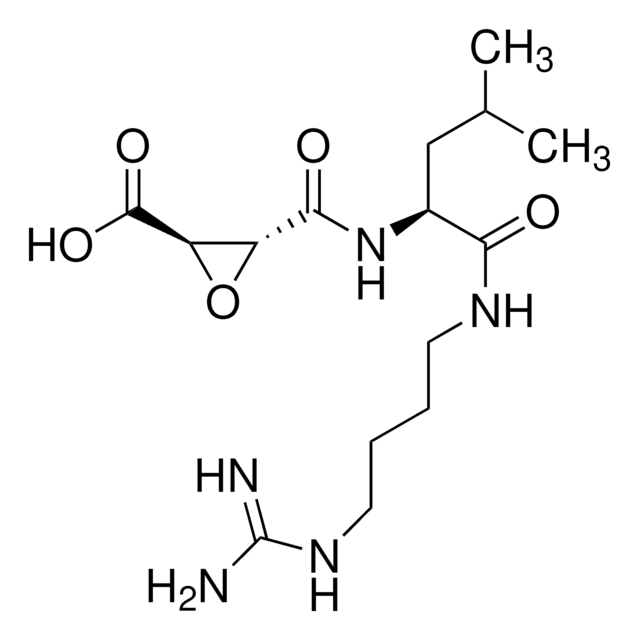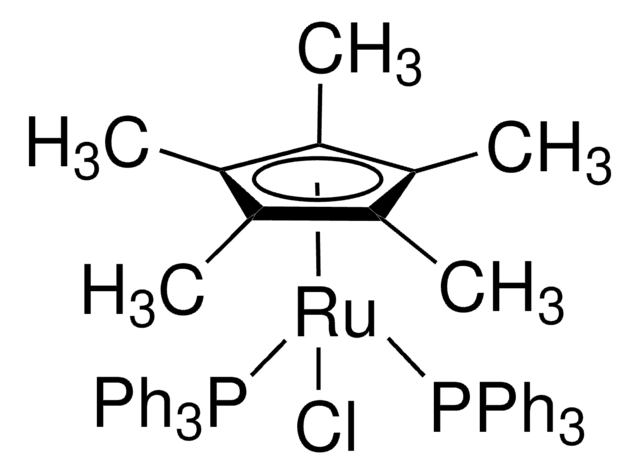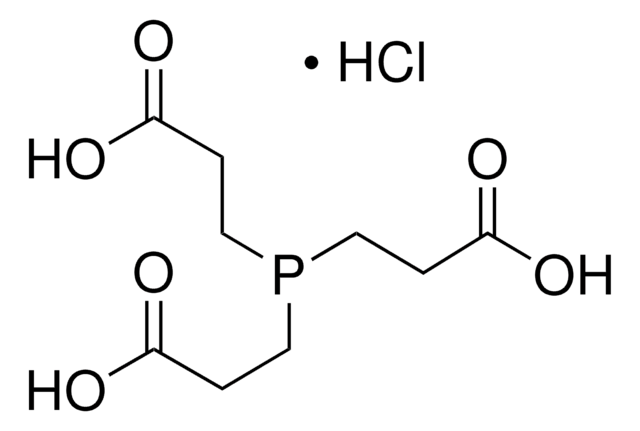CBA001
InnoZyme Cathepsin B Activity Assay Kit, Fluorogenic
Sign Into View Organizational & Contract Pricing
All Photos(1)
About This Item
UNSPSC Code:
41116133
Recommended Products
usage
sufficient for 96 tests
Quality Level
packaging
pkg of 1 96-well plate(s)
manufacturer/tradename
Calbiochem®
storage condition
OK to freeze
avoid repeated freeze/thaw cycles
protect from light
assay range
sensitivity: 0.63 ng/mL
standard curve range: 0.09-100 ng/mL
input
sample type tissue
sample type cells
detection method
fluorometric
shipped in
wet ice
General description
A sensitive fluorogenic assay for the measurement of cathepsin B activity (Excitation max: ~360-380 nm; Emission max: ~430-460 nm). Cathepsin B is a cysteine proteinase which has been associated with increased invasivessness and development of the malignant cell phenotype. Cathepsin B has also been implicated in inflammatory airway disease.
Specificity
<div class="Bio_doc_image">Table 3: Cross reactivity with others cathepsins
</div>
</div>
Components
Cathepsin B Enzyme, Calibration Standard, Cathepsin B Substrate, Assay Buffer, Cathepsin B Inhibitor, Reduction Reagent, Cell Lysis Buffer, Microtiter Plate, Plate Sealer, and a user protocol.
Warning
Toxicity: Multiple Toxicity Values, refer to MSDS (O)
Specifications
Assay Time: 30 min
Principle
The Calbiochem Cathepsin B Activity Assay Kit, Fluorogenic is designed to measure cathepsin B activity in tissues extracts and cell lysates, and for screening cathepsin B inhibitors.
Note: Following initial use the control Cathepsin B should be dispensed into aliquots and stored at -20°C. Avoid freeze/thaw cycles
Note: Following initial use the control Cathepsin B should be dispensed into aliquots and stored at -20°C. Avoid freeze/thaw cycles
Preparation Note
• Dilution Buffer: dilute assay buffer 1:10 with dH2OExample: add 0.5 ml of assay buffer to 4.5 ml of distilled water. • Standard: the free AMC standard is supplied as a 2 mM stock (100-fold concentrated) solution. To create a calibration curve prepare serial dilutions of the standard ranging from a concentration of 20 µM to a concentration of 1.25 µM. Example: label 6 eppendorf tubes. Pipet 495 µl of the dilution buffer into the first tube and 250 µl into the remaining tubes. Add 5 µl of the 2 mM AMC standard to the first tube. Vortex and transfer 250 µl from this tube to the next tube. Continue serial dilutions by transferring 250 µl up to tube #5. The tube labeled #6 will contain dilution buffer only (blank).• Substrate Working Solution: substrate should be diluted 100 times with distilled water. Example: to prepare 2 ml of substrate solution add 20 µl of the substrate stock solution to 1.98 ml of distilled water. • Activation Buffer: cysteine is supplied as a 250-fold concentrated reagent. To prepare activation buffer 8 µl of 1 M cysteine should be added to 2 ml of the supplied assay buffer (this is enough for half of the plate). • Inhibitor: CA-074 inhibitor is supplied as a 10-fold stock solution and should be diluted with activation buffer. Example: dilute 10 µl of the stock solution with 90 µl of the activation buffer to yield 100 µl of working solution.• Control: dilute the control human cathepsin B with dilution buffer as directed on the vial label. The cathepsin B enzyme should be dispensed into aliquots and stored at -70°C to maintain activity.
Dilute samples with dilution buffer as necessary. Note: if the measured FU exceeds 9,000 the sample should be diluted further. • Cell lysate: wash cell pellet with ice-cold PBS. Add 500-1000 µl of cell lysis buffer (~1 ml per 1x107 cells) and incubate on ice for 30 min. Vortex and centrifuge the lysate at 14,000 x g in a pre-cooled tabletop microcentrifuge. Immediately transfer the supernatant to a fresh microcentrifuge tube and discard the pellet. Dilute the lysate 1:5 or 1:10 before determining the protein concentration via BCA protein assay.
Storage and Stability
Store the unopened components at -20°C and -70°C as indicated on the labels. All kit components, once opened, can be stored under the following conditions:
Assay Buffer, Cell Lysis Buffer, 96-Well Plate, and Plate Sealers at Room Temperature
Cathepsin B Inhibitor, Reduction Reagent, Cathepsin B Substrate, and Calibration Standard at -20°C
Control Cathepsin B(aliquot) at -70°C
Assay Buffer, Cell Lysis Buffer, 96-Well Plate, and Plate Sealers at Room Temperature
Cathepsin B Inhibitor, Reduction Reagent, Cathepsin B Substrate, and Calibration Standard at -20°C
Control Cathepsin B(aliquot) at -70°C
Analysis Note
Positive Control
Cathepsin B
Cathepsin B
The data obtained can be displayed in two ways:1. As fluorescence units: correct the fluorescence value of all samples by subtracting the value of the blank, and then calculate the mean fluorescence value for each sample in duplicate. For the biological samples also subtract the value of the sample assayed with inhibitor.OR2. As µmole of free AMC/mg total protein/time (min.): calculate the mean fluorescence value as stated above. Plot a graph correlating the mean fluorescence values of the AMC standards (y-axis) to their concentration in µmole (x-axis). The cathepsin B activity of the unknown samples can be interpolated from the standard curve.Calculate the amount (µmol) of free AMC per mg of total protein and time unit.
Other Notes
Bervar, A., et al. 2003. Biol. Chem. 384, 447.
Grigolo, B. et al. 2003. Biomaterials 24, 1751.
Scolaris, A., et al. 2002. Biol. Chem. 383, 1297.
Murata, M., et al. 1991. FEBS Lett. 280, 307.
Berquin, I.M. and Sloane, B.F. 1996. Adv. Exp. Med. Biol. 389, 281.
Burnett, D., 1995. Arch. Biochem. Biophys. 317, 305.
Reddy, V.Y., et al. 1995. Proc. Natl. Acad. Sci. 92, 3849.
Buttle, D.J., 1994. In: Immunopharmacology of Joints and Connective Tissue (Dingle, J.T. and Davies, M.E., eds) London: Academic Press. 225.
Barrett, A.J. and Kirschke, H., 1981. Methods Enzymol. 80, 535.
Grigolo, B. et al. 2003. Biomaterials 24, 1751.
Scolaris, A., et al. 2002. Biol. Chem. 383, 1297.
Murata, M., et al. 1991. FEBS Lett. 280, 307.
Berquin, I.M. and Sloane, B.F. 1996. Adv. Exp. Med. Biol. 389, 281.
Burnett, D., 1995. Arch. Biochem. Biophys. 317, 305.
Reddy, V.Y., et al. 1995. Proc. Natl. Acad. Sci. 92, 3849.
Buttle, D.J., 1994. In: Immunopharmacology of Joints and Connective Tissue (Dingle, J.T. and Davies, M.E., eds) London: Academic Press. 225.
Barrett, A.J. and Kirschke, H., 1981. Methods Enzymol. 80, 535.
Legal Information
CALBIOCHEM is a registered trademark of Merck KGaA, Darmstadt, Germany
Storage Class
10 - Combustible liquids
wgk_germany
WGK 3
Certificates of Analysis (COA)
Search for Certificates of Analysis (COA) by entering the products Lot/Batch Number. Lot and Batch Numbers can be found on a product’s label following the words ‘Lot’ or ‘Batch’.
Already Own This Product?
Find documentation for the products that you have recently purchased in the Document Library.
Sebastian Fischer et al.
PloS one, 9(4), e94921-e94921 (2014-04-20)
B10 is a glycosylated derivative of betulinic acid with promising activity against glioma cells. Lysosomal cell death pathways appear to be essential for its cytotoxicity. We investigated the influence of hypoxia, nutrient deprivation and current standard therapies on B10 cytotoxicity.
Winifred P S Wong et al.
Journal of lipid research, 54(3), 816-822 (2012-12-19)
We used a mouse C57BL/6J×CASA/Rk intercross to map a locus on chromosome 14 that displayed a gender-dependent effect on cholesterol absorption from the intestine. Studies in congenic animals revealed a complex locus with multiple operating genetic determinants resulting in alternating
Zoe A Klein et al.
Neuron, 95(2), 281-296 (2017-07-21)
Progranulin (GRN) and TMEM106B are associated with several common neurodegenerative disorders including frontotemporal lobar degeneration (FTLD). A TMEM106B variant modifies GRN-associated FTLD risk. However, their functional relationship in vivo and the mechanisms underlying the risk modification remain unclear. Here, using transcriptomic
Juliet A Emamaullee et al.
Diabetes, 57(6), 1556-1566 (2008-03-22)
Clinical islet transplantation can provide insulin independence in patients with type 1 diabetes, but chronic graft failure has been observed. This has been attributed in part to loss of >or=60% of the transplanted islets in the peritransplant period, resulting in
Yueyang Liu et al.
Autophagy, 15(3), 493-509 (2018-10-12)
Mounting attention has been focused on defects in macroautophagy/autophagy and the autophagy-lysosomal pathway (ALP) in cerebral ischemia. TFEB (transcription factor EB)-mediated induction of ALP has been recently considered as the common mechanism in ameliorating the pathological lesion of myocardial ischemia
Our team of scientists has experience in all areas of research including Life Science, Material Science, Chemical Synthesis, Chromatography, Analytical and many others.
Contact Technical Service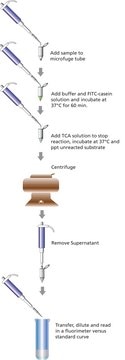
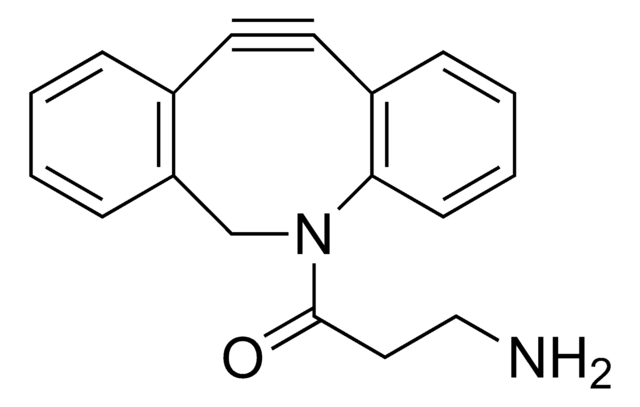
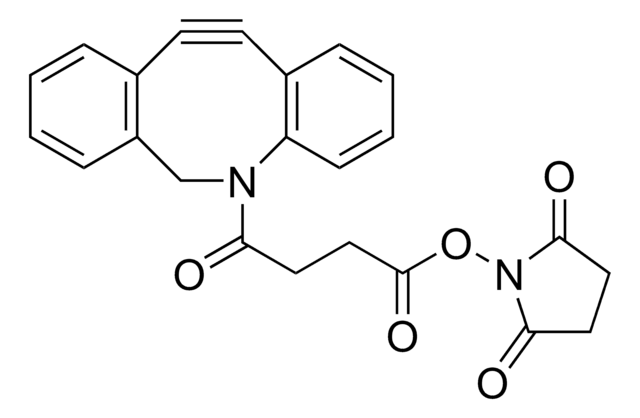
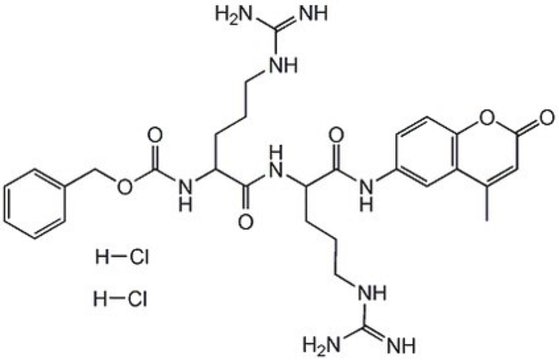
![(1R,8S,9s)-Bicyclo[6.1.0]non-4-yn-9-ylmethyl N-succinimidyl carbonate for Copper-free Click Chemistry](/deepweb/assets/sigmaaldrich/product/structures/969/022/d6776082-2f7a-47c7-bcd4-3830dac0fb7d/640/d6776082-2f7a-47c7-bcd4-3830dac0fb7d.png)
